In the vast realm of modern rehabilitation medicine, every technological leap has brought unprecedented treatment experiences and hope for recovery to patients.
Among these advances, the plantar pressure distribution system, with its unique and precise feedback mechanism, is gradually becoming a shining new star in the field of rehabilitation training.
Traditional rehabilitation training often relies on the therapist's experience and the patient's subjective feelings, making it difficult to achieve quantified and precise evaluation and adjustment.
The emergence of the plantar pressure distribution system is like a beacon, illuminating every subtle aspect of the rehabilitation path. This system captures and analyzes pressure distribution data from the sole of the foot during walking, standing, and other movements, providing objective and scientific evidence for rehabilitation training.
The core of the plantar pressure distribution system lies in the array of high-precision sensors embedded in insoles or ground platforms. These sensors can capture real-time pressure values, contact areas, and pressure distribution maps from different regions of the sole and transmit the data wirelessly to a computer or mobile device for analysis.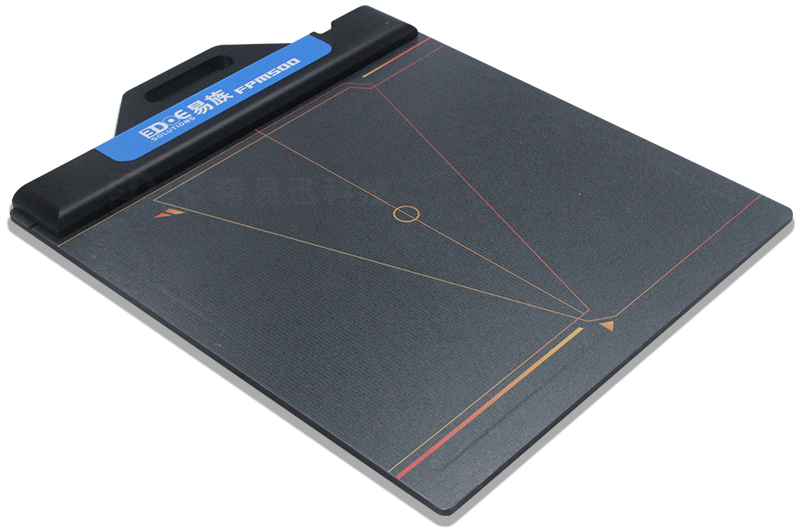
The analysis software can generate detailed reports, including key indicators such as pressure peaks, center of pressure trajectories, and gait cycles, providing comprehensive and intuitive feedback to rehabilitation therapists.
Advantages Highlight: Personalized and Efficient Rehabilitation
Personalized Customization:Based on the personalized assessment of plantar pressure distribution, therapists can develop more precise rehabilitation plans for specific foot problems such as flat feet, high arches, and plantar fasciitis. This "tailor-made" treatment strategy effectively enhances the relevance and effectiveness of rehabilitation training.
Dynamic Monitoring:During rehabilitation training, the plantar pressure distribution system continuously monitors changes in the patient's gait and adjustments in plantar pressure distribution, providing timely feedback to both the therapist and the patient. This immediate feedback mechanism helps to adjust the training plan promptly, ensuring a smooth progression of the rehabilitation process.
Preventing Re-injury: By deeply analyzing plantar pressure distribution, the system can also predict potential foot injury risks, such as excessive pressure concentration and abnormal gait. This helps therapists take timely intervention measures to prevent re-injury and ensure the safety of the patient's recovery.
Practical Case: Technology Assists, Significant Recovery
Take the case of an athlete who developed an abnormal gait due to an ankle sprain. Through the assessment by the plantar pressure distribution system, the therapist discovered a significant pressure shift in the affected foot at the moment of initial contact with the ground. Based on this finding, the therapist designed a targeted balance training program and foot support solution.
After a period of rehabilitation training, the athlete's gait gradually returned to normal, and the plantar pressure distribution became more balanced. This successful case clearly demonstrates the significant role of the plantar pressure distribution system in rehabilitation training.
With the continuous advancement of technology, the plantar pressure distribution system will play an even more important role in rehabilitation training. It not only improves the accuracy and efficiency of rehabilitation training but also provides patients with a more comfortable and safe rehabilitation experience.

 +86-0755-86131192
+86-0755-86131192 2024-09-19
2024-09-19 Back to list
Back to list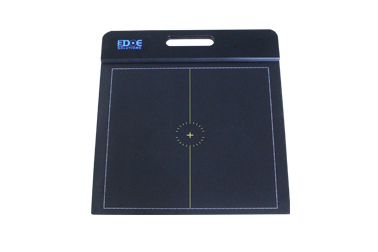
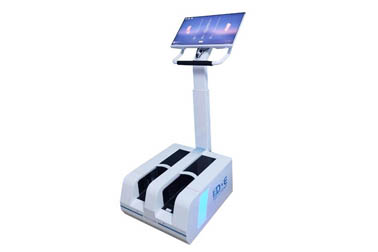
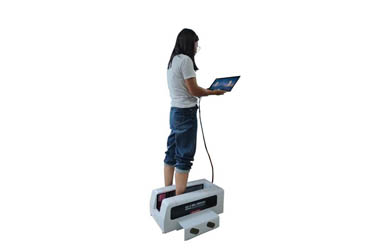
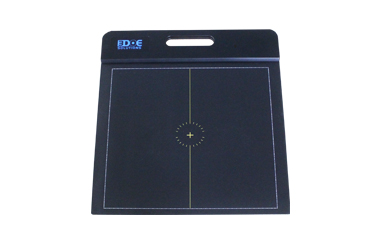

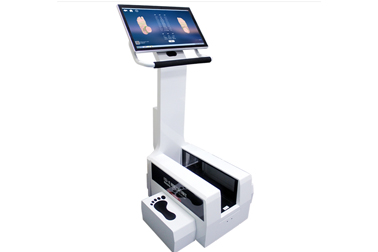



 +86-0755-86131192
+86-0755-86131192